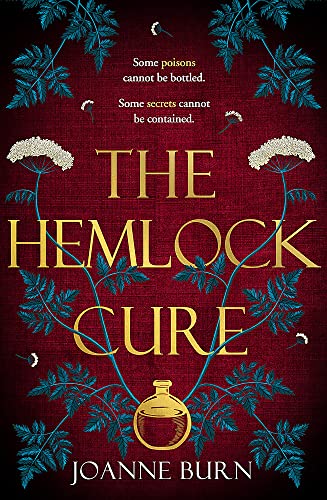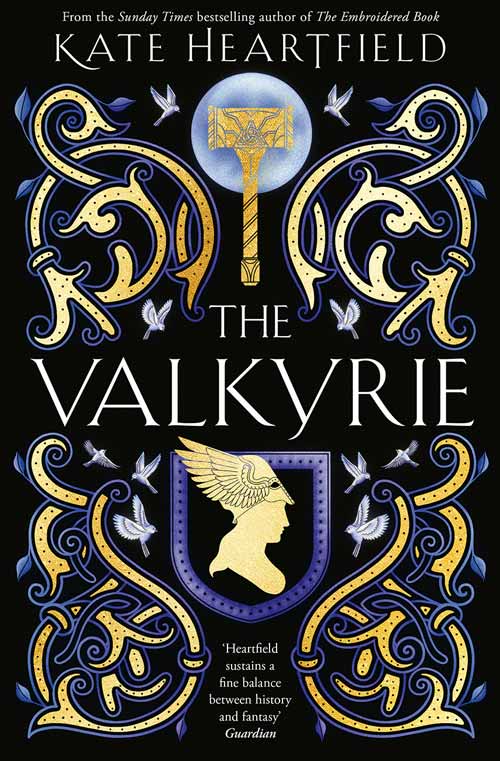The Hemlock Cure
The story is centred mostly in the Derbyshire village of Eyam, famous as the place where the residents agreed to quarantine themselves in 1666 to help stop the spread of the deadly plague. But the narrative has this voluntary isolation as but a tangential part of the novel. Mae Housley, in her mid-teens, is the focus of the story, living with her widowed apothecary father and struggling to persuade him of her abilities to blend herbs to produce cures and preventatives. When the plague arrives in their village, demand for their work becomes overwhelming. Mae’s mother died giving birth, and her father has a deeply intolerant view of women’s abilities and suspicions of their motives. As the tale advances, Mae uncovers some terrible truths about her father, knowledge that puts her existence at risk. Fortunately for Mae, she has some allies in the village who also come to see the truth and can assist her in her domestic struggles.
The narrative is conducted by one of Mae’s dead siblings, which does sustain the overall impression of fantasy that the story possesses. Nevertheless, the tale is gorgeously described and poetic in its ambience and observation. The author demonstrates superb awareness of 17th– century medical practices and herbal knowledge, and the reader feels they are fully imbued in the bizarre and challenging life of 17th-century England.










